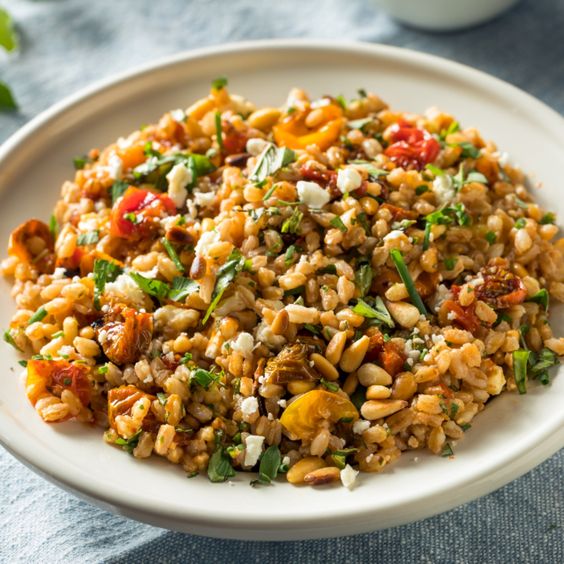Introduction
High blood pressure, also known as hypertension, is a common health concern that affects millions of people worldwide. It is often called a "silent killer" because it may not present noticeable symptoms but can significantly increase the risk of serious health problems such as heart attack, stroke, and kidney disease.

While several factors can contribute to high blood pressure, diet plays a crucial role. One of the most effective dietary changes you can make to manage your blood pressure is to reduce your sodium intake. Sodium, a component of salt, can elevate blood pressure by causing your body to retain water, putting extra strain on your heart and blood vessels.
Understanding Low-Sodium Diets
A low-sodium diet involves limiting your daily sodium intake to a healthy level. The American Heart Association (AHA) recommends no more than 2,300 milligrams (mg) of sodium per day for most adults, ideally aiming for 1,500 mg or less for optimal heart health.
Reducing sodium intake doesn't mean sacrificing flavor. You can still enjoy delicious meals by focusing on fresh, whole foods and exploring flavorful herbs and spices to replace salt.
Practical Tips for Following a Low-Sodium Diet
- Read food labels carefully: Pay close attention to the sodium content listed on packaged foods. Look for products labeled as "low sodium," "reduced sodium," or "no salt added."
- Cook at home more often: When you cook at home, you have more control over the ingredients and sodium content of your meals.
- Choose fresh or frozen fruits and vegetables: These are naturally low in sodium and packed with essential nutrients.
- Opt for lean protein sources: Choose lean meats, poultry without skin, fish, beans, lentils, and tofu as healthy protein sources.
- Limit processed foods: Processed meats, canned soups, frozen dinners, and fast food are often high in sodium.
- Be mindful of condiments: Sauces, dressings, and condiments can contribute significant amounts of sodium. Choose low-sodium options or flavor your food with herbs, spices, and vinegar instead.
Conclusion
Managing your blood pressure through a low-sodium diet is a significant step towards improving your overall health and well-being. By making mindful food choices, reading labels carefully, and exploring flavorful alternatives to salt, you can enjoy delicious meals while keeping your sodium intake in check and supporting healthy blood pressure levels. Remember to consult with a healthcare professional or registered dietitian for personalized guidance and to create a sustainable eating plan tailored to your specific needs.

.jpg)